Loading hay onto a flatbed trailer can be a meticulous task that requires skill, planning, and precise execution. For farmers and transporters alike, understanding the nuances of proper loading techniques not only maximizes efficiency but also ensures safety during transport. This article delves deeply into effective strategies, key principles, and practical tips essential for anyone looking to improve their hay loading operations.
Understanding the Importance of Proper Loading Techniques
Loading hay correctly is critical for several reasons:
- Safety: Improperly loaded hay can lead to accidents on the road due to shifting loads.
- Efficiency: A well-planned load saves time and fuel costs during transportation.
- Preservation of Quality: Hay that is loaded and secured appropriately retains its quality, preventing mold and degradation.
Essential Equipment for Loading Hay
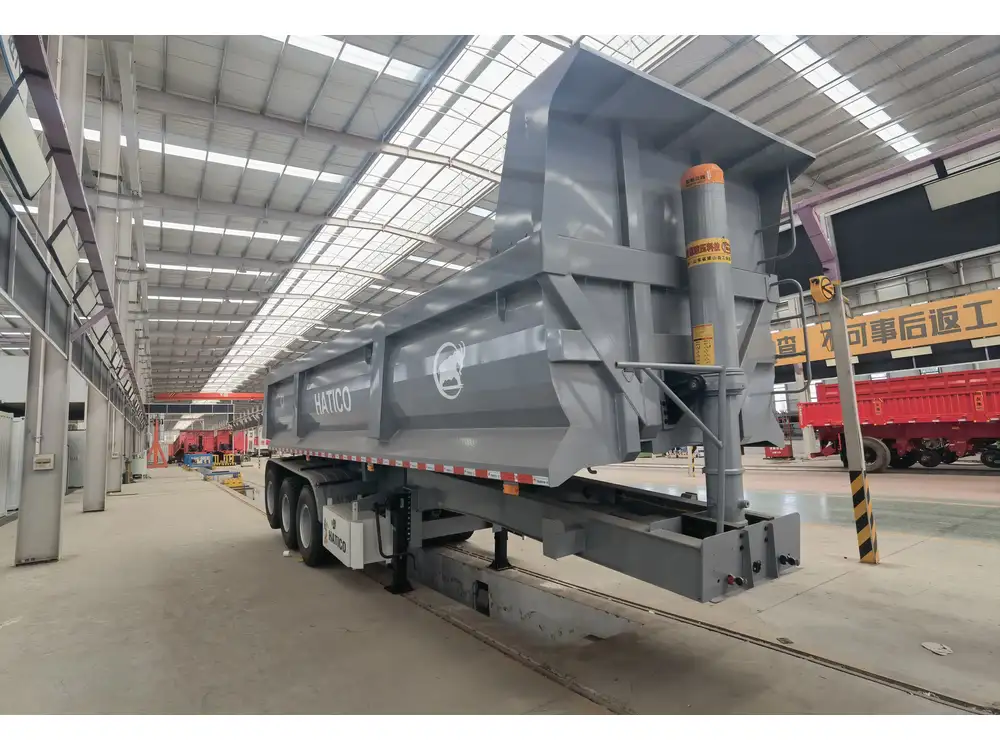
Flatbed Trailer Specifications
Choosing the right flatbed trailer is foundational. Key specifications to consider include:
| Specification | Importance |
|---|---|
| Size | Must match the load volume; commonly 20 to 48 feet in length. |
| Weight Capacity | Ensure it can support the total weight of the hay being loaded; most flatbeds can range from 10,000 to 40,000 lbs. |
| Type of Deck | Wooden vs. steel; wooden decks can provide better grip under certain conditions, whereas steel decks are more durable and resistant to rot. |
Loading Tools and Accessories
Essential equipment that enhances the loading process includes:
- Forklift or Loader: Ideal for lifting heavy bales with ease.
- Ratchet Straps and Chains: Essential for securing loads during transport to prevent shifting.
- Tarps or Covers: Protection from rain or sun exposure, which can degrade hay quality.
Step-by-Step Guide on How to Load Hay onto a Flatbed Trailer
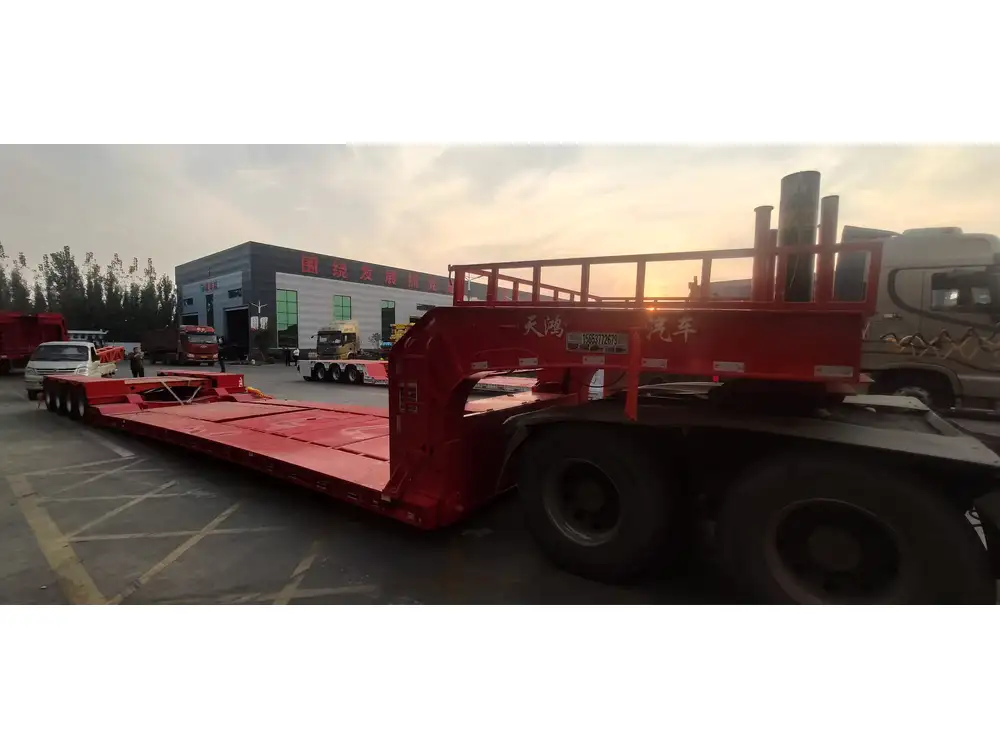
1. Preparing for the Load
Before loading begins, select a stable surface free from debris to minimize safety hazards. Clear the trailer of any previous loads or obstructions.
2. Arranging Your Bales
Types of Hay Bales
Understanding the different types of hay bales is essential for planning:
- Square Bales: Typically 14” x 18” x 36” and easily stackable.
- Round Bales: Vary in size, generally 4-5 feet in diameter and require more care when stacking.
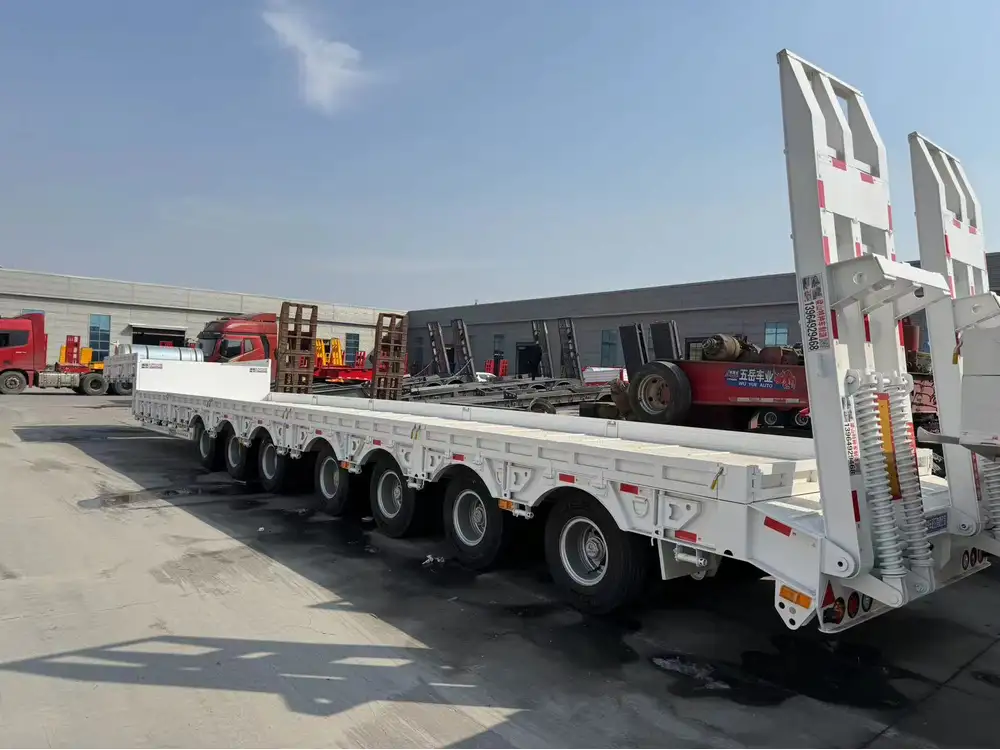
Loading Configuration
Determine the best configuration for your load. For square bales, we recommend:
- Stacking Patterns: Load bales in a crisscross pattern for enhanced stability.
- Pyramid Formation: Effective for maximizing trailer space and minimizing load movement.
3. Loading Process
Loading Square Bales
- Start from the Front: Load bales in a staggered pattern from the front to the back, ensuring the weight is balanced.
- Stack Carefully: Place bales on one another securely while avoiding overhanging.
- Use a Forklift: If available, use a forklift to lift bales into position quickly.
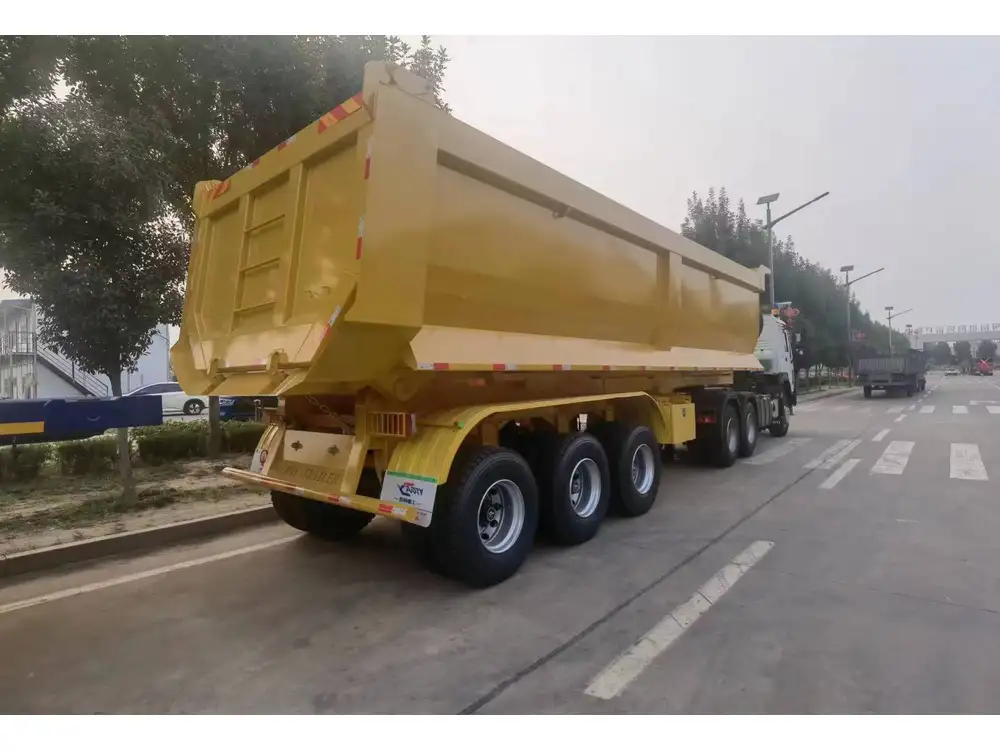
Loading Round Bales
- Place Strategically: Pay special attention to placement, keeping the center of gravity low for stability.
- Use a Roll-off Method: If dealing with large round bales, roll them into place if appropriate; this avoids additional strain on equipment.
4. Securing the Load
Using ratchet straps is an effective way to prevent load movement:
- Strap Placement: Securely place straps over the load, ratcheting them tight without damaging the bales.
- Chain for Heavy Loads: For larger round bales or when transporting a significant load, using chains may provide extra security.
5. Safety Checks Before Transport
A final safety check should include:
- Load Distribution: Ensure that the weight is evenly distributed across the trailer.
- Securing Mechanisms: Double-check all straps and chains for proper tension and security.
- Visibility: Confirm that the load does not obstruct tail lights or license plates.

Common Challenges and Solutions
Challenge: Uneven Weight Distribution
Solution: Adjust bales as necessary and utilize weights distributed evenly across the trailer floor.
Challenge: Slippage of Bales
Solution: Employ additional tarping, and consider modifying strap placements for improved tension.
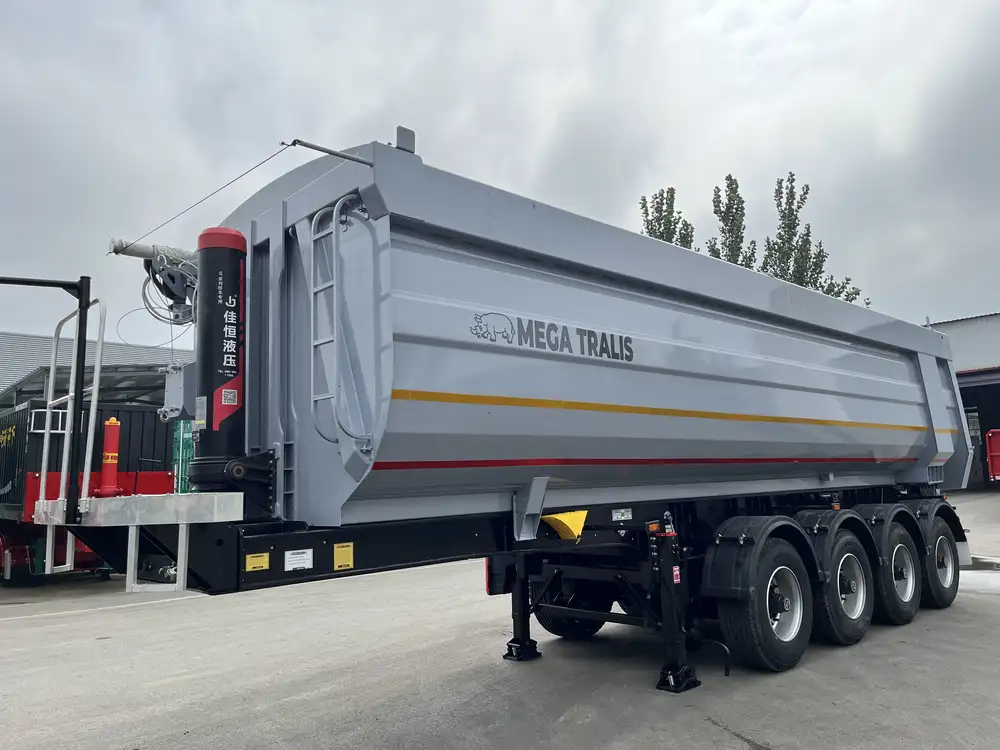
Challenge: Load Degradation
Solution: Protect your hay with tarps or weather-resistant covers to minimize exposure.
Frequently Asked Questions (FAQs)
How Many Bales Can I Fit on a Standard Flatbed Trailer?
The number of bales you can load depends on the dimensions of the bales. For example, a standard 20-foot flatbed can accommodate approximately:
- Square Bales: Up to 28 bales (7 stacks of 4).
- Round Bales: Depending on their size, around 8-10 bales can fit.

Is It Better to Stack Bales Vertically or Horizontally?
Stacking vertically provides greater stability for square bales but using triangular formations can also enhance load capacity. Round bales should primarily be loaded horizontally to maintain stability.
What Safety Gear Should I Wear While Loading Hay?
Essential safety gear includes gloves, sturdy boots, and high-visibility clothing to protect against falling bales and enhance visibility during loading.
The Final Word on Loading Hay on Flatbed Trailers
Mastering the technique of loading hay onto flatbed trailers is an invaluable skill, whether for farming or for commercial transport. By following the outlined strategies, selecting the right equipment, and understanding the dynamics of load distribution, one can significantly enhance efficiency and safety. This knowledge is pivotal not only for ensuring a successful load but also for maintaining the quality of the hay throughout its journey.
Incorporating best practices and regular assessments of loading procedures will lead to ongoing improvements and mastery in hay loading operations. For professionals in the transport and agriculture industry, these techniques present not merely a set of guidelines, but crucial knowledge for successful, safe, and efficient operations in this fundamental task. Proper loading is a blend of art and science—a dynamic interplay between creativity, meticulous planning, and robust execution that can propel your endeavors to new heights.



